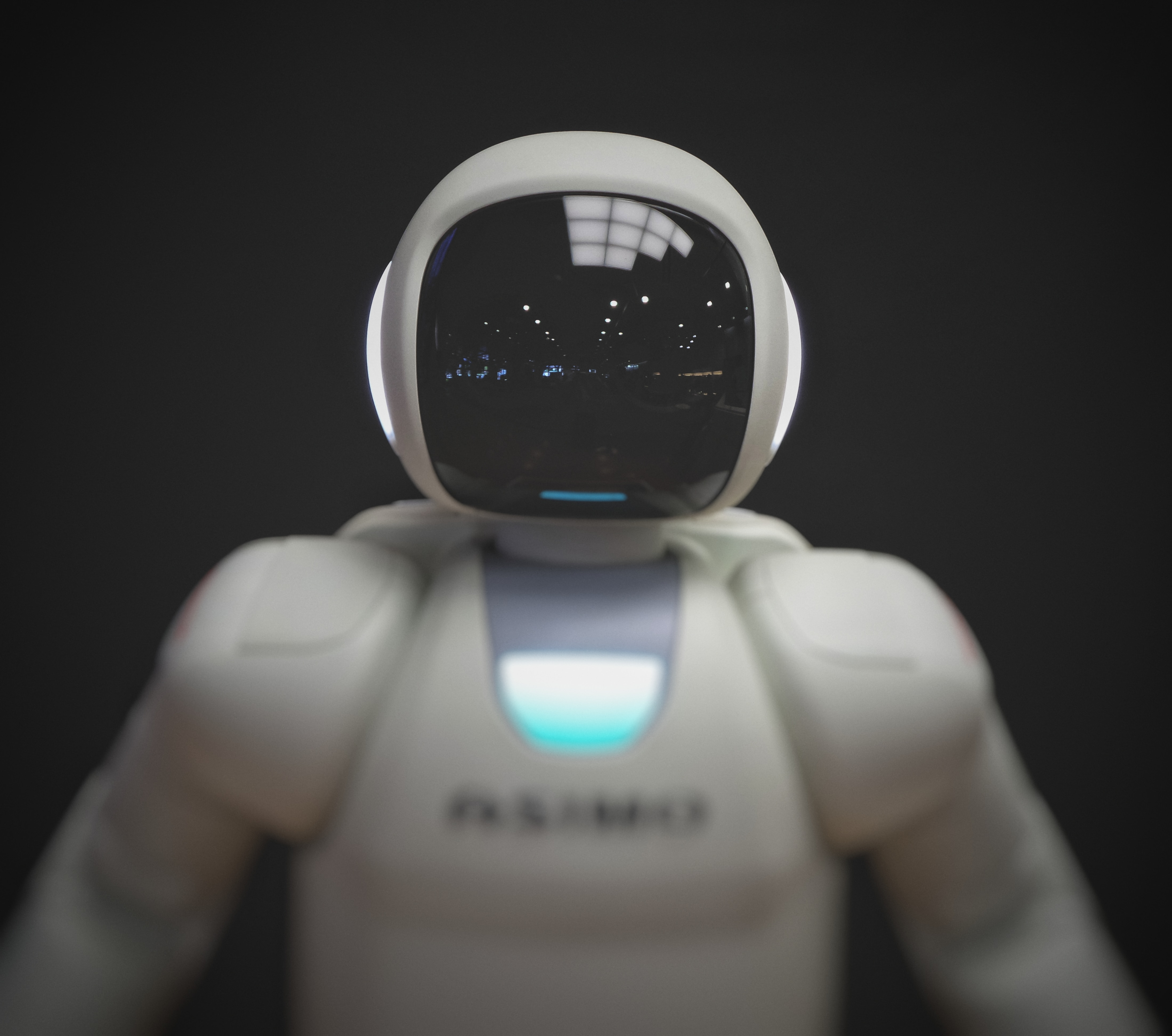Demystifying AI: Simplifying Its Complex World

Artificial Intelligence (AI) has become a buzzword that is hard to ignore. It has seeped into our daily lives, powering gadgets, applications, and software solutions that we depend on. However, understanding what AI entails and how it impacts our world can be a complex endeavor. This article aims to demystify AI by simplifying its complexities and breaking down its fundamentals to make it a bit easier to understand.
What is Artificial Intelligence?
AI, at its core, is the development of aptitudes in machines that would normally be considered exclusive to human intelligence. This includes the ability to learn from experience, understand language, solve problems, and perform tasks. The ultimate goal of AI is to create systems that can adapt and reason like humans. AI systems are classified into two categories. Narrow AI, also known as weak AI, focuses on a single task, like language translation or image recognition. General AI, also known as strong AI, refers to the development of systems that can perform any intellectual task a human can do.
Creating intelligent machines requires a blend of techniques and approaches. Some key approaches include:
- Machine Learning (ML): ML is the process of training machines to learn from data and make decisions based on that data.
- Deep Learning: A subset of ML, deep learning breaks down learning tasks into smaller chunks and processes them using artificial neural networks.
- Natural Language Processing (NLP): NLP helps AI systems understand and process human languages, forming a bridge between humans and machines.
AI in Action: Daily Applications
From managing your calendar to recognizing your speech, AI is all around us! Siri, Alexa, Google Assistant, and any other virtual assistants utilize AI techniques to understand and process user commands, providing useful information and completing tasks. Search engines like Google use AI to rank search results by relevance through ML algorithms. Spotify, Netflix, and Amazon use AI in their recommendation features to curate personalized lists based on user preferences, history, and behavior.
Another great example of AI in action is the SearchAI chatbot technology. By utilizing AI, these chatbots provide a more natural and efficient way to interact with customers, resolve their queries, and enhance user experiences on various websites and platforms.
AI is not just limited to smartphones and websites; it is transforming industries in various ways: In healthcare, AI is improving diagnostics, patient care, and drug development through image recognition and NLP. AI is also streamlining financial processes, analyzing market trends, and automating trading, as well as assisting in fraud detection. And AI-driven automation and IoT technologies are optimizing manufacturing supply chains and enhancing production processes.
Challenges and Concerns
There are hurdles and concerns in the development and widespread adoption of AI. AI systems often require large amounts of data, raising concerns about privacy protection and transparent use of personal data. Increased automation may also lead to job losses, particularly in manual and repetitive work. And AI systems can inherit biases from their training data, leading to unfair and discriminatory outcomes.
As AI continues to expand its influence, ethical concerns must be addressed. This includes ensuring the development of AI systems promotes fairness, accountability, transparency, and respect for human values. Governments, researchers, and organizations must collaborate to create robust regulatory frameworks and industry guidelines that ensure AI is used for the benefit of all, while minimizing harm.
Preparing the Future Workforce
As AI transforms various industries, it is essential to prepare the future workforce with the necessary skills to thrive in an AI-driven world. Expanding access to quality education and promoting a culture of lifelong learning will help people adapt to the rapidly changing job market. Furthermore, fostering interdisciplinary collaboration between AI, data science, and other disciplines will lead to innovative solutions, bridging gaps between technology and human understanding.
While AI has impressive capabilities, it is important to recognize that it serves as an enhancement to, rather than a replacement for, human intelligence. Approaching AI development with the concept of collaboration, where humans and machines work in tandem, can lead to remarkable breakthroughs. This might take shape as human-AI teams that synthesize human expertise with computational power, ultimately propelling us towards a more connected and intelligent world.
Moving Toward a Smarter Future
AI has the potential to revolutionize our world, but it comes with its fair share of challenges. By demystifying AI and understanding its complexities, we can responsibly harness its power to transform industries and improve our everyday lives. The future may not involve sentient robots, but it definitely includes a smart, interconnected world where AI fuels our progress and simplifies our lives.
